Missing 1 Required Positional Argument: Self
In Python, the concept of “self” refers to the instance of a class. It is a special parameter that is implicitly passed to every method within a class. The “self” parameter allows the instance to refer to itself and access its own attributes and methods.
Understanding Positional Arguments
Positional arguments are the arguments that are passed to a function or method in a specific order. When defining a function or method, you specify the names of the parameters that it accepts. When calling the function or method, you pass the corresponding values for those parameters.
Understanding Required Arguments
Required arguments are parameters that must be passed to a function or method for it to work correctly. Failure to provide these arguments will result in an error.
Understanding Python Classes and Methods
In Python, a class is a blueprint for creating objects (instances) that have their own attributes and methods. Methods are functions that are defined within a class and operate on its instances.
Understanding the Role of “self” in Python Classes
The “self” parameter is used in Python classes to refer to the instance of the class that a method is being called on. It helps distinguish between class-level attributes and instance-level attributes. By using “self”, you can access and modify the attributes and methods of the specific instance.
Common Error: Missing Required Positional Argument: self
One common error that beginners often encounter when working with Python classes is the “missing required positional argument: self” error. This error usually occurs when a method within a class is called without passing the “self” parameter.
Causes of the Error
This error typically occurs when a method is not properly defined or when calling a method without including the “self” parameter. It can also occur when mistakenly referencing a method as a function and not including the necessary “self” parameter.
Solutions to Fix the Error
To fix the “missing required positional argument: self” error, you need to ensure that all methods within the class have the “self” parameter in their definition. Additionally, when calling a method, make sure to include the appropriate instance as the first argument.
Best Practices to Avoid the Error
To avoid this error, it is recommended to follow some best practices:
1. Always include the “self” parameter in the method definition within a class.
2. When calling a method, make sure to include the instance as the first argument.
3. Double-check the spelling of the method name and ensure it is a method, not a function.
4. Practice good code organization and ensure that classes and methods are properly structured.
Alternative Approaches
In some cases, you may encounter similar error messages related to missing positional arguments in other Python libraries or frameworks. Here are a few examples:
– TypeError: __init__() missing 1 required positional argument ‘default’
– TypeError: __init__() missing 1 required positional argument ‘scheme’
– Updater __init__ missing 1 required positional argument ‘update_queue’
– Flask __call__() missing 1 required positional argument ‘start_response’
– Takes 1 positional argument but 2 were given
– Get_object_or_404 missing 1 required positional argument ‘klass’
– Result api_dispatcher dispatch args kwargs TypeError missing required positional argument
– Missing 1 required positional argument in Python function
– Missing 1 required positional argument: self
The solutions for these errors will depend on the specific context in which they occur. However, the general principle remains the same – ensure that all required positional arguments are provided when calling the respective methods or functions.
FAQs
Q: Can I use any name other than “self” for the instance parameter in a class method?
A: Yes, you can use any valid variable name in place of “self” for the instance parameter. However, it is considered best practice to use “self” by convention to improve code readability and maintain consistency.
Q: Is the “self” parameter automatically passed to all methods within a class?
A: Yes, the “self” parameter is automatically passed to all instance methods within a class. It is a built-in mechanism in Python to reference the instance on which the method is being invoked.
Q: Can I have a class without using the “self” parameter?
A: No, the “self” parameter is fundamental in Python class methods. It allows you to access instance attributes and methods. Without the “self” parameter, you would lose the ability to work with instance-specific data.
Q: Can I use the “self” parameter in a static method or class method?
A: No, the “self” parameter is only used in instance methods. For static methods, you should use the “@staticmethod” decorator, and for class methods, you should use the “@classmethod” decorator. These methods have different ways of accessing class and instance attributes.
Q: What is the difference between missing a required positional argument and providing too many positional arguments?
A: Missing a required positional argument means not providing one of the required values when calling a function or method. Providing too many positional arguments means passing more arguments than expected. Both errors can be resolved by ensuring that the correct number of arguments are provided in the correct order.
Q: Can I have optional arguments after a required positional argument?
A: Yes, you can have optional arguments after a required positional argument. By using default values for the optional arguments, you can make them not required to be passed explicitly when calling the function or method.
Python :Typeerror: Missing 1 Required Positional Argument: ‘Self'(5Solution)
How To Fix Missing 1 Required Positional Argument In Python?
Python is a versatile and powerful programming language that is widely used for various purposes, from web development to data analysis. However, like any programming language, it is not uncommon to encounter errors while coding. One common error that Python programmers often come across is the “missing 1 required positional argument” error. In this article, we will discuss what this error means, why it occurs, and how to fix it.
What does “missing 1 required positional argument” mean?
This error message typically occurs when a function is called without providing all the required arguments. In Python, functions can have both required and optional arguments. Required arguments are necessary for the function to execute properly, while optional arguments have default values and are not essential for the function to work. When a function is defined with one or more required arguments, they must be passed when calling the function, or else this error will be raised.
Why does this error occur?
This error occurs when a function that expects certain arguments to be passed is called without providing all the required arguments. One possible reason is that the function definition has changed, and the caller is using an outdated or incorrect syntax. Another reason could be that the caller is simply forgetting to pass the required argument(s) when calling the function. Understanding the causes of this error is crucial in order to be able to fix it effectively.
How to fix the “missing 1 required positional argument” error
To fix this error, you need to ensure that all the required arguments are provided when calling the function. Here are a few steps you can follow to resolve this issue:
1. Check the function definition: First, double-check the function definition to see how many arguments are required. You can find this information in the function’s docstring or by examining the code. Make sure you understand which arguments are essential and cannot be omitted.
2. Verify the function call: Next, examine the line of code where the function is being called. Confirm that all the required arguments are being provided. If any argument is missing, add it accordingly. It is also important to check that the arguments are being passed in the correct order, as their positions matter.
3. Inspect variable names: Sometimes, the error may be caused by variable name mismatches. Ensure that the names of the arguments in the function call match the names used in the function definition. If the names are different, Python will consider it as a separate argument, leading to the “missing 1 required positional argument” error.
4. Consider default values: If the function has optional arguments with default values, ensure that you have handled them correctly in your code. If you are not explicitly providing a value for an optional argument, then the default value will be used. Check that the default values are appropriate for your use case.
5. Use keyword arguments: In Python, you can pass arguments using the keyword syntax, where each argument is explicitly named when calling the function. This can be helpful when dealing with functions that have a high number of arguments or when you want to skip some optional arguments. By using keyword arguments, you can avoid positional argument errors.
FAQs
Q1. Can I define a function with required positional arguments?
Yes, you can define a function with required positional arguments in Python. These arguments will need to be provided in the same order as they are defined in the function’s signature.
Q2. What is the difference between required and optional arguments?
Required arguments are essential for the function to work properly and must be provided. Optional arguments, on the other hand, have default values assigned to them. If not explicitly provided, the function will use these default values. Optional arguments can be omitted when calling the function.
Q3. Can I pass arguments in a different order than how they are defined in the function?
Yes, you can pass arguments in a different order by using keyword arguments. In this case, each argument is explicitly named when calling the function, which allows you to specify the value associated with each argument. By using keyword arguments, you don’t need to rely on the position of the arguments.
Q4. How can I avoid this error in the future?
To avoid this error, always double-check the function definition to ensure you are providing all the required arguments. Additionally, using keyword arguments instead of positional arguments can help prevent errors when dealing with functions with many arguments.
In conclusion, the “missing 1 required positional argument” error is a common issue that Python programmers face. It occurs when a function is called without providing all the required arguments. By carefully examining the function’s definition, verifying the function call, and utilizing keyword arguments, you can effectively fix this error and ensure your Python code runs smoothly.
What Is Missing 1 Required Positional Argument Tag?
Python is a powerful programming language that offers a wide range of functionalities. However, it can sometimes be a bit challenging for beginners to fully grasp certain concepts. One common error that programmers encounter is the “TypeError: ‘function_name’ missing 1 required positional argument” tag. This error is frustrating, but understanding its cause and how to fix it can be empowering. In this article, we will explore the meaning of this error, understand why it occurs, and delve into possible solutions.
Understanding the Error Message
When you come across the error message “TypeError: ‘function_name’ missing 1 required positional argument”, it means that you are calling a function without providing all the arguments it expects. In Python, functions are designed to receive a specific number of arguments. If you don’t provide the required number of arguments, you will encounter this error.
For instance, let’s say you have a function called “calculate_area” that calculates the area of a rectangle. It takes two arguments, length and width. If you mistakenly call this function without providing both arguments, such as “calculate_area(10)”, you will encounter the mentioned error. The function expects two arguments, but you only provided one.
Causes and Solutions
This error typically occurs due to three main causes. Let’s explore each cause and its corresponding solution.
1. Forgetting to Provide Arguments
The most common cause of this error is simply forgetting to input the required arguments the function expects. To fix this, you need to ensure that you provide all the arguments the function requires. Double-check the documentation or function signature to see how many arguments are expected and their respective order.
2. Incorrect Argument Order
Sometimes, this error can occur when arguments are provided but in the wrong order. If you swapped the order of the arguments, the function will receive the wrong values, leading to unexpected behavior. To resolve this, refer to the function documentation or signature and make sure you pass the arguments in the correct order.
3. Incorrect Function Setup
Another possible cause is when the function is not properly defined. This error can occur if the function’s parameters are not defined correctly or if the expected number of arguments is not properly specified. Check the function definition and ensure that the parameters match the function’s signature accurately.
FAQs
Q: Is this error specific to Python?
A: Yes, this error is specific to Python. Other programming languages may have similar error messages, but Python uses this particular error message to indicate missing positional arguments.
Q: Can this error occur with default arguments?
A: No, if a function has default arguments, you are not required to input them when calling the function. However, if you do provide an argument, it must be in the expected order.
Q: How can I avoid encountering this error in Python?
A: To prevent this error, carefully read the documentation or function signature to understand the number and order of arguments required by the function. Always double-check your function calls to ensure you are passing the correct number and order of arguments.
Q: What if my function has optional arguments?
A: If your function has optional arguments, you can avoid this error by either providing the optional arguments correctly or utilizing default values for those arguments.
Q: Are there any tools to catch such errors?
A: Yes, various integrated development environments (IDEs) and code editors offer suggestions and warnings to help catch such errors. These tools can highlight missing arguments or provide suggestions based on function signatures.
Conclusion
The “TypeError: ‘function_name’ missing 1 required positional argument” error can be frustrating for beginners, but understanding its causes and solutions can help you overcome this issue with ease. Always ensure that you provide the correct number of arguments in the right order. Double-check the function documentation and signature to avoid common mistakes. By adhering to these practices, you’ll be able to write concise and error-free Python code.
Keywords searched by users: missing 1 required positional argument: self TypeError form missing 1 required positional argument default, TypeError: __init__() missing 1 required positional argument scheme, Updater __init__ missing 1 required positional argument update_queue, Flask __call__() missing 1 required positional argument start_response, Takes 1 positional argument but 2 were given, Get_object_or_404 missing 1 required positional argument klass, Result api_dispatcher dispatch args kwargs TypeError missing required positional argument, Missing 1 required positional argument Python function
Categories: Top 87 Missing 1 Required Positional Argument: Self
See more here: nhanvietluanvan.com
Typeerror Form Missing 1 Required Positional Argument Default
In the world of programming, the occurrence of errors is not uncommon. One such error that developers often come across is the “TypeError” which indicates an issue with the types of objects being used in the code. One specific variation of this error is the “TypeError: missing 1 required positional argument ‘default'” error. In this article, we will delve into this error, understand its root cause, and explore potential solutions.
Understanding the Error:
The “TypeError: missing 1 required positional argument ‘default'” error typically occurs in Python when a function is called without providing all the necessary arguments. In Python, functions can have parameters that are required (positional arguments) or optional (keyword arguments). When a function is defined with a required parameter, it means that when calling that function, the value for that parameter must be provided.
For example, consider the following code snippet:
“`python
def greet(name):
print(f”Hello, {name}!”)
greet()
“`
When we try to call the `greet()` function without providing any argument, we encounter the “TypeError: missing 1 required positional argument ‘name'” error. This is because the `greet()` function expects a value for the `name` parameter, but we did not provide it.
Common Causes:
There are several common causes for this error. Let’s take a look at a few:
1. Missing Arguments: As mentioned earlier, this error occurs when a function is called without providing all the required positional arguments that the function expects. It is crucial to ensure that all the required arguments are passed when calling a function.
2. Incorrect Order of Arguments: Another possible cause of this error is providing the arguments in the wrong order. Each argument in a function call must correspond to the respective parameter position in the function definition. Providing arguments in the incorrect order can result in this error.
3. Mismatched Function Signature: If a function expects a certain number of parameters and their types, it is essential to pass the correct number of arguments with the appropriate types. A mismatched function signature, where the call does not match the definition, can trigger this error.
Solutions:
Now that we understand the causes of the “TypeError: missing 1 required positional argument ‘default'” error, we can explore the potential solutions to fix it.
1. Provide the Missing Argument: The most straightforward solution to this error is to ensure that all the required arguments are provided when calling the function. Identify the missing argument, and make sure to pass it during the function call. For example:
“`python
def greet(name):
print(f”Hello, {name}!”)
greet(“John”)
“`
2. Check Argument Order: If your function requires multiple positional arguments, ensure that they are provided in the correct order. Be mindful of the parameter positions and match them accordingly. Double-checking the order of arguments passed during the function call can help resolve this error.
3. Verify Function Signature: To avoid a mismatched function signature, review the function definition and ensure it matches the number of arguments being passed during the function call. This includes verifying the parameter names, their order, and any default values assigned. Ensuring the consistency between the function definition and function call can help fix this error.
FAQs:
Q1. Can I have both required and optional parameters in a function?
Yes, you can have both required (positional) and optional (keyword) parameters in a function. Required parameters must be provided during the function call, while optional parameters have default values assigned and can be omitted.
Q2. Can I provide default values for required parameters?
No, required parameters do not accept default values. They must be explicitly provided during the function call.
Q3. What if I have a large number of required parameters?
If you have a large number of required parameters, it is recommended to use keyword arguments. Keyword arguments allow you to provide parameters by referencing their names, which provides more clarity and flexibility.
Q4. How can I handle optional parameters?
Optional parameters can be handled by assigning default values to them in the function definition. If no value is provided during the function call, the default value will be used.
Q5. Are there any tools or debugging techniques to help identify this error?
Yes, several debugging techniques can assist in identifying and fixing this error. Tools like Python’s built-in `pdb` debugger can help trace the cause of this error by stepping through the code. Additionally, code editors and integrated development environments (IDEs) often provide error highlighting and linting features to catch such issues during development.
In conclusion, the “TypeError: missing 1 required positional argument ‘default'” error occurs when a function call is missing a required positional argument. By understanding the causes and applying the provided solutions, developers can effectively troubleshoot and resolve this error. Remember to review your code for missing arguments, check the order of arguments, and ensure proper matching of function signatures to avoid encountering this error.
Typeerror: __Init__() Missing 1 Required Positional Argument Scheme
When working with programming languages, you may come across various errors that may seem cryptic or confusing at first. One such error is the “TypeError: __init__() missing 1 required positional argument scheme”. This error typically occurs in object-oriented programming (OOP) languages, such as Python, and indicates that an initialization method (or __init__ method) is missing a required parameter known as “scheme”. In this article, we will explore the reasons behind this error, discuss some common scenarios where it occurs, and provide possible solutions to fix it.
Understanding the __init__() Method in Python
In Python, the __init__() method is a special method used to initialize objects of a class. It is called automatically when an object of that class is created. The __init__() method is always the first method to be executed after an object is created and allows you to set initial values for various attributes or properties of the object.
Here’s an example of a simple class with an __init__() method:
“`
class MyClass:
def __init__(self, parameter):
self.parameter = parameter
obj = MyClass(“Hello”)
print(obj.parameter)
“`
In this example, the __init__() method initializes the object with a single parameter called “parameter”. The value of this parameter is then assigned to the attribute “self.parameter”. When we create an instance of MyClass, passing the value “Hello” as the parameter, the __init__() method is automatically called, and the attribute “parameter” is set to “Hello”. Finally, we print the value of obj.parameter, which would output “Hello”.
Reasons behind the TypeError
Now that we have a basic understanding of the __init__() method, let’s delve into the reasons why you might encounter the “TypeError: __init__() missing 1 required positional argument scheme” error.
1. Missing Argument in __init__() Method Call:
This error occurs when you call the __init__() method without providing all the required arguments. For example, if a class has an __init__() method with two arguments, but you only provide one argument while creating an object, you would encounter this error.
2. Typo or Misspelling:
Another common reason for this error is a typo or misspelling. It’s important to ensure that the argument name in the __init__() method definition matches the argument name you are passing while creating an object, as Python is case-sensitive.
3. Incorrect Class Inheritance:
If you are working with inheritance in Python, this error can also occur if the child class’s __init__() method does not call the parent class’s __init__() method correctly or does not pass all the required arguments to it. The child class’s __init__() method should call the parent class’s __init__() method explicitly using the super() function.
4. Improper Initialization of Attributes:
Sometimes, this error can also indicate that the attributes of the object are not initialized properly within the __init__() method. Double-check that you are assigning values to all the required attributes correctly.
Solving the TypeError
To resolve the “TypeError: __init__() missing 1 required positional argument scheme”, let’s go through some possible solutions depending on the reasons mentioned above:
1. Provide the Missing Argument:
When this error occurs due to a missing argument, you need to determine which argument is missing and pass it correctly while creating an object. Make sure all the required arguments are provided in the correct order and match the expected parameter names in the __init__() method definition.
2. Check for Typos:
If you’ve ensured that all the arguments are provided, double-check for any typos or misspellings in the argument names. Even a single misplaced character can lead to this error.
3. Ensure Correct Class Inheritance:
If you are using inheritance and the error persists, verify that the child class’s __init__() method calls the parent class’s __init__() method correctly. The syntax for invoking the parent class’s __init__() method is as follows:
“`
class ChildClass(ParentClass):
def __init__(self, argument1, argument2):
super().__init__(argument1)
self.argument2 = argument2
“`
By using the `super().__init__()` syntax, you can ensure that the parent class’s __init__() method is called with the required arguments.
4. Verify Attribute Initialization:
If none of the above solutions work, ensure that all the attributes of the object are initialized correctly within the __init__() method. Each attribute should have a corresponding assignment statement with a valid value.
Frequently Asked Questions (FAQs):
Q: Why does the error mention “__init__()” specifically?
A: The “__init__()” method is the most commonly used method for initializing objects in Python. Hence, when an error occurs during object creation, it often points to issues within this method.
Q: Can I have an __init__() method without any arguments?
A: Yes, it is possible to have an __init__() method without any arguments. However, most of the time, you would want to initialize your object with some values, so it’s common to include arguments.
Q: Can I pass default values for arguments in __init__()?
A: Yes, you can assign default values to arguments in the __init__() method. If an argument is not provided while creating an object, it will take the default value defined in the method’s parameter list.
Q: Does this error occur only in Python?
A: No, while this article focuses on Python, similar errors related to missing required arguments can occur in other OOP languages like Java or C++. However, the specific error message might vary.
In conclusion, encountering the “TypeError: __init__() missing 1 required positional argument scheme” error can be frustrating, but with a thorough understanding of the reasons behind it and the possible solutions, you can effectively troubleshoot and fix the issue.
Images related to the topic missing 1 required positional argument: self

Found 40 images related to missing 1 required positional argument: self theme
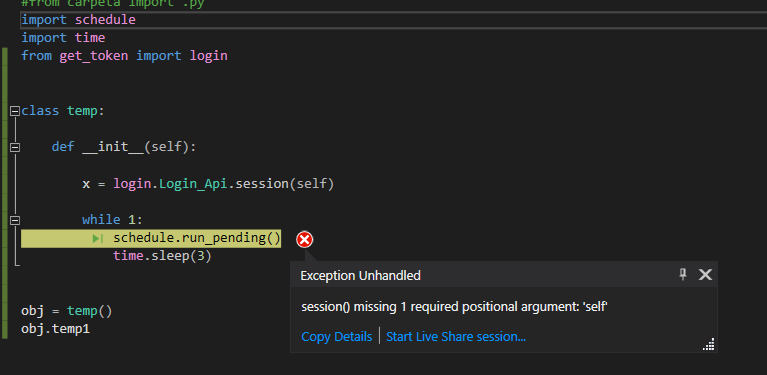
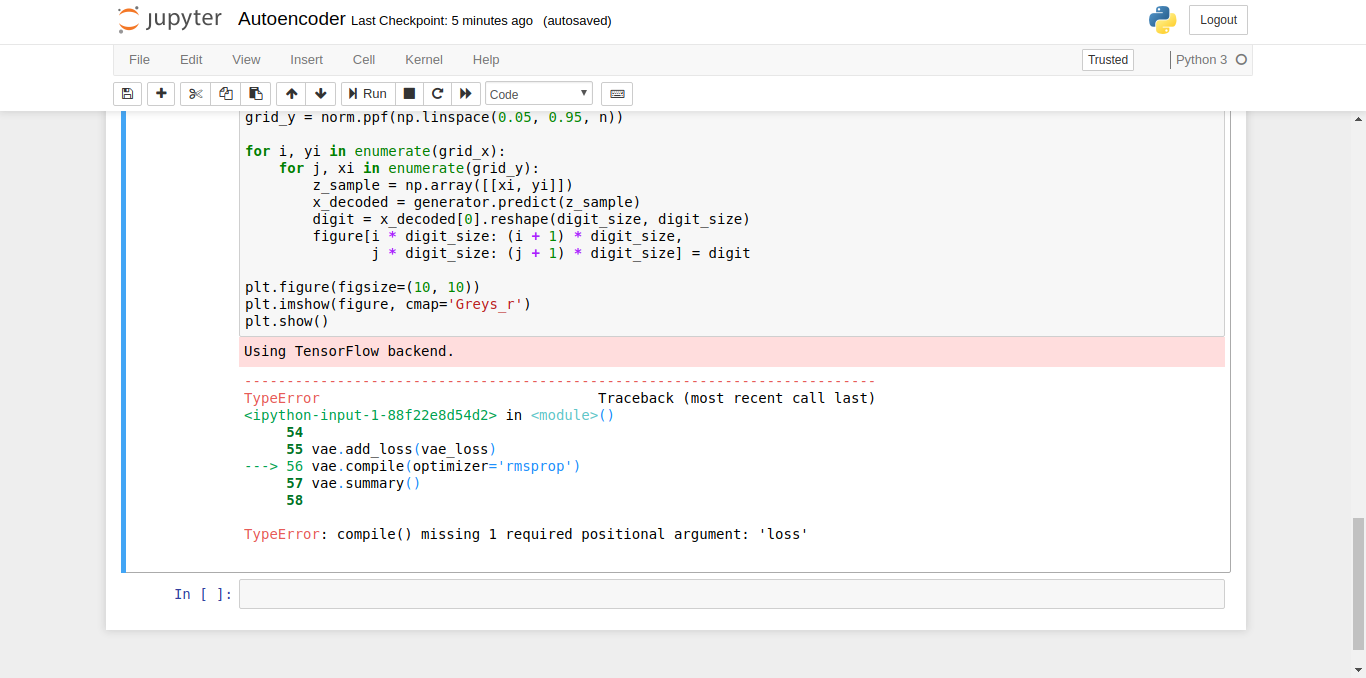

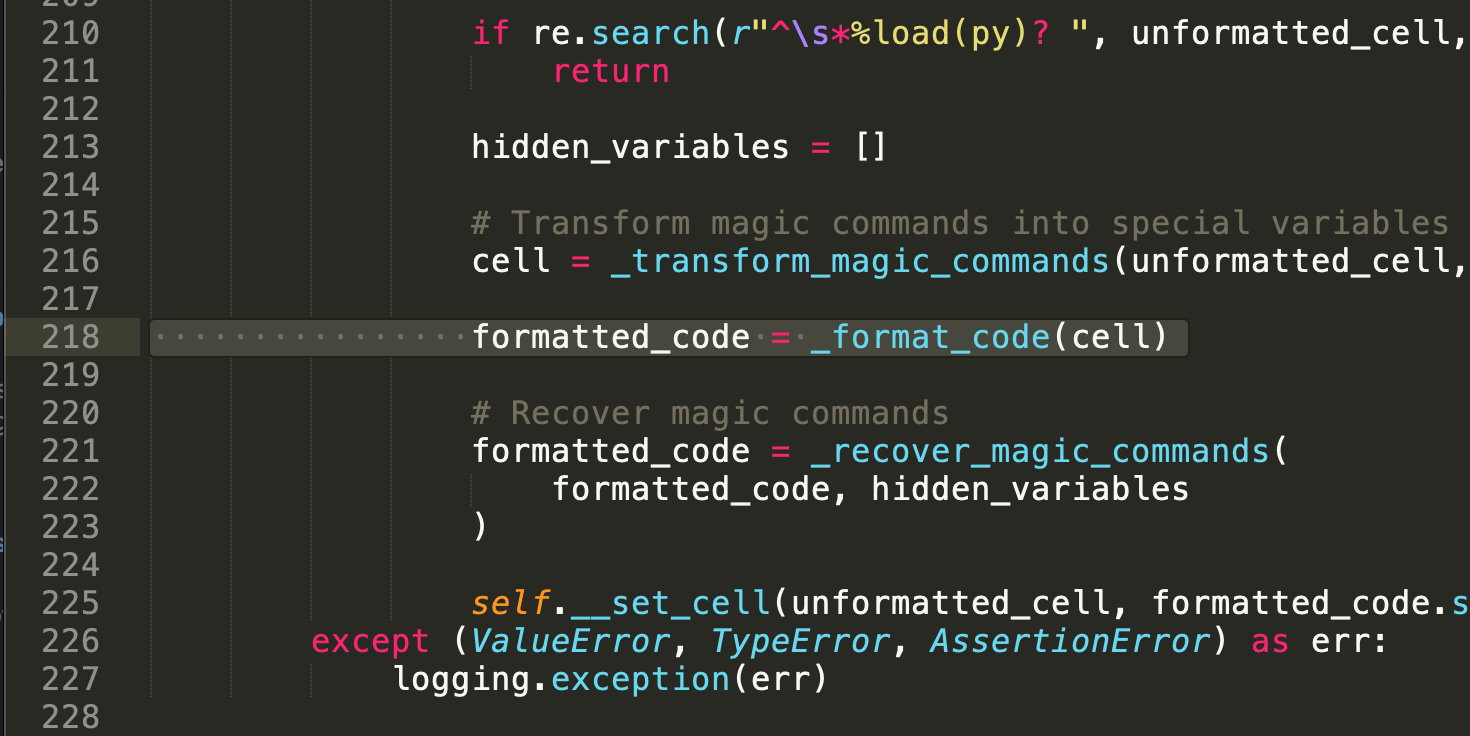
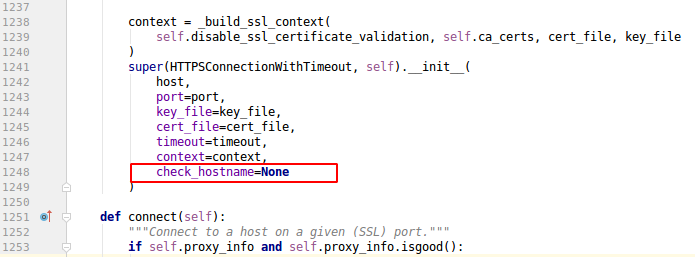


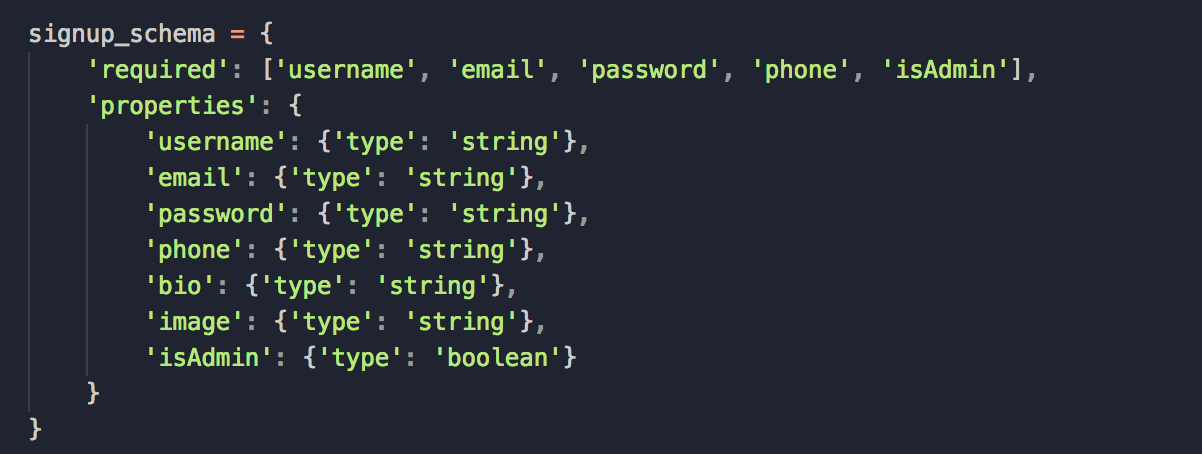




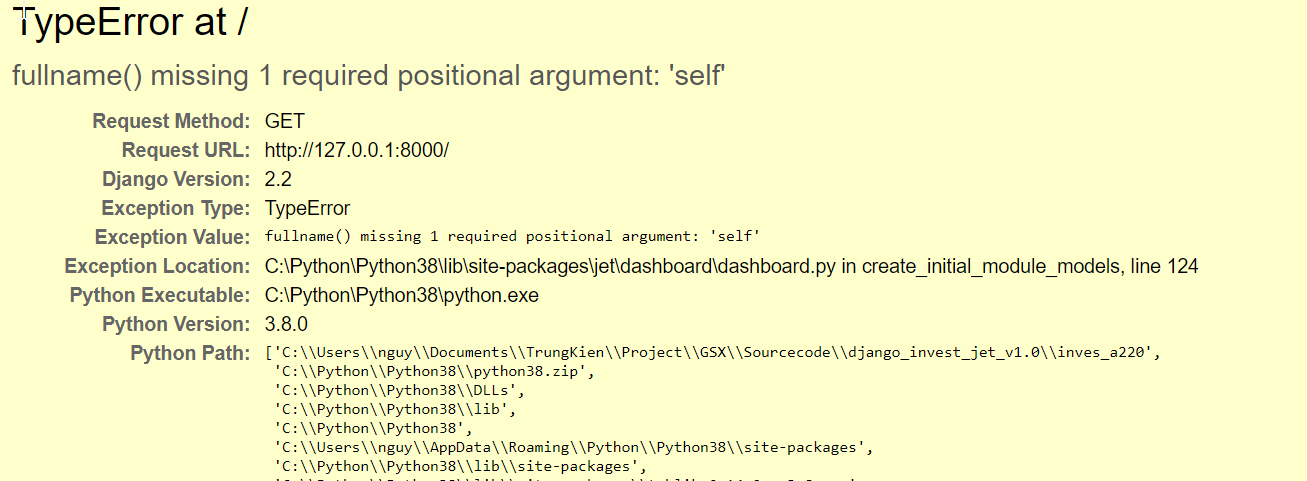



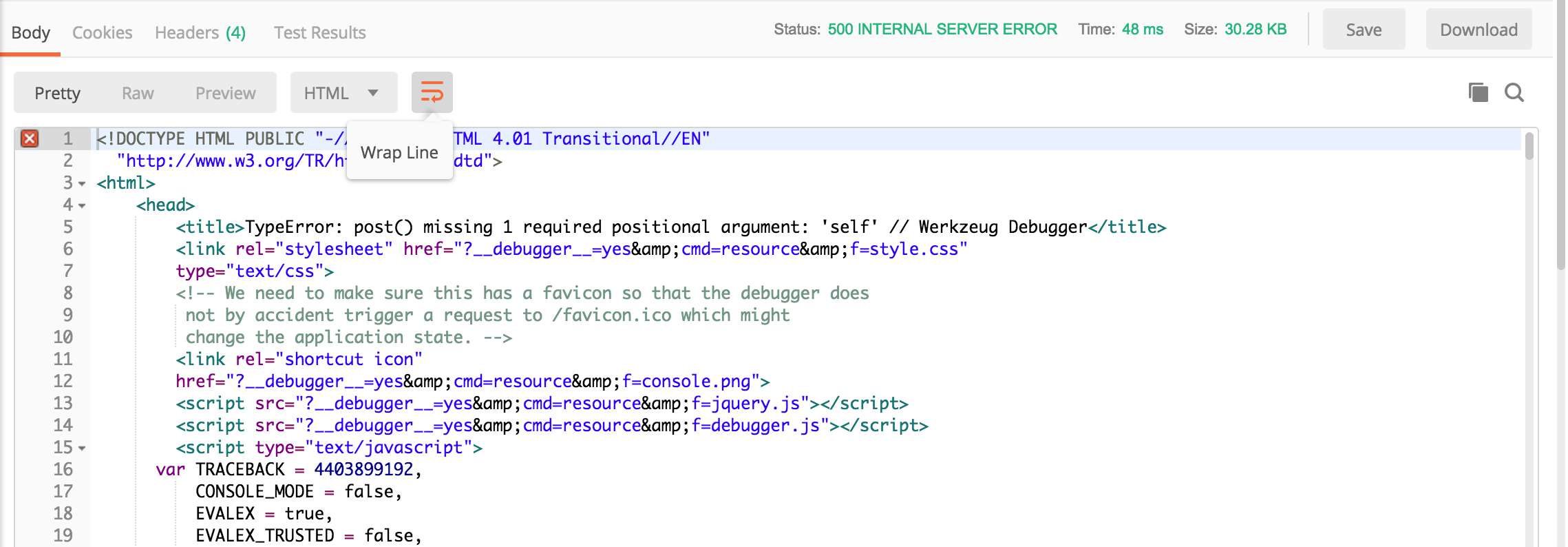


![Typeerror: missing 1 required positional argument: [SOLVED] Typeerror: Missing 1 Required Positional Argument: [Solved]](https://itsourcecode.com/wp-content/uploads/2023/04/Typeerror-missing-1-required-positional-argument.png)


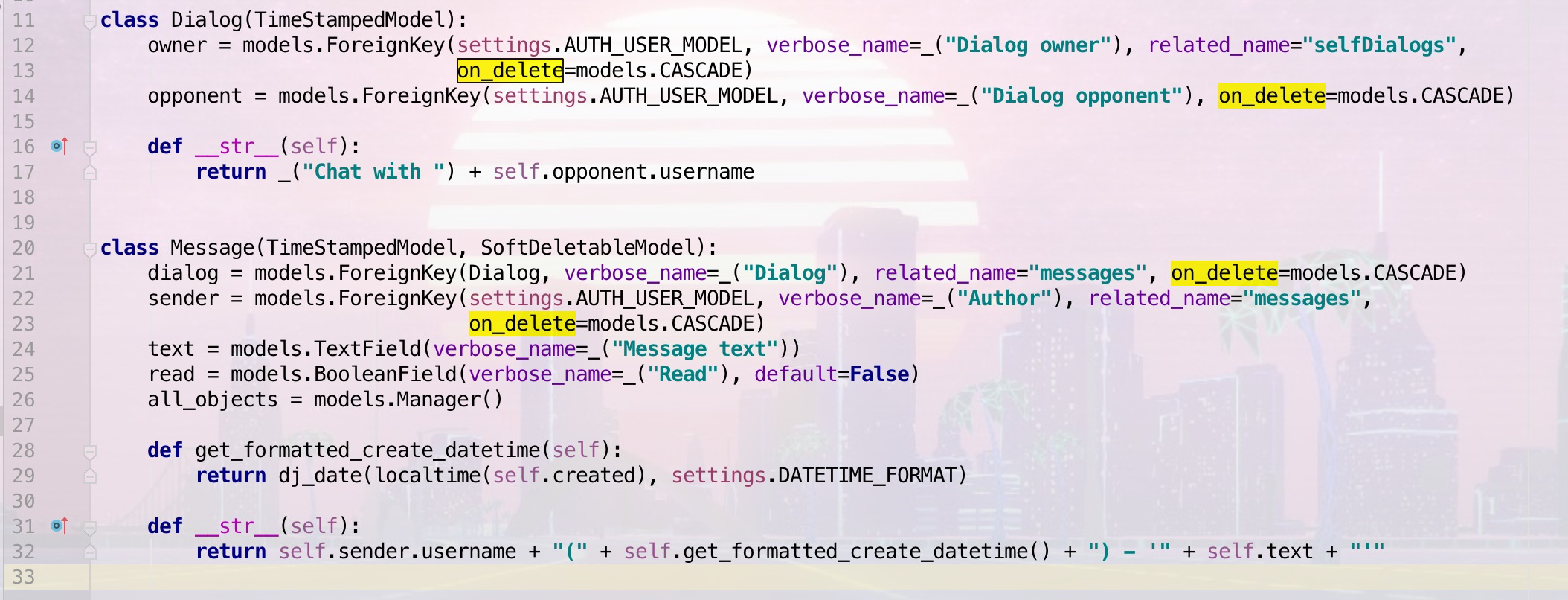






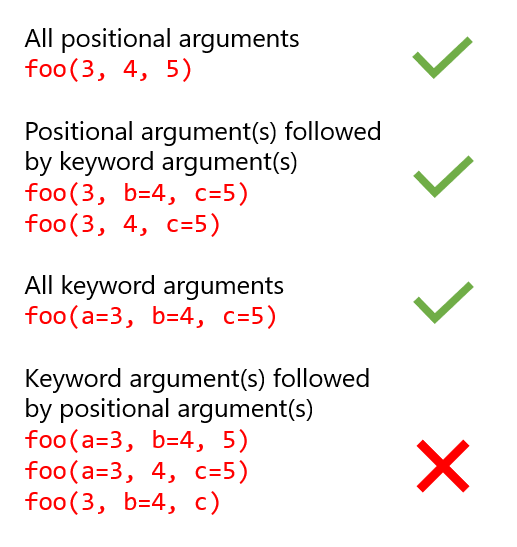


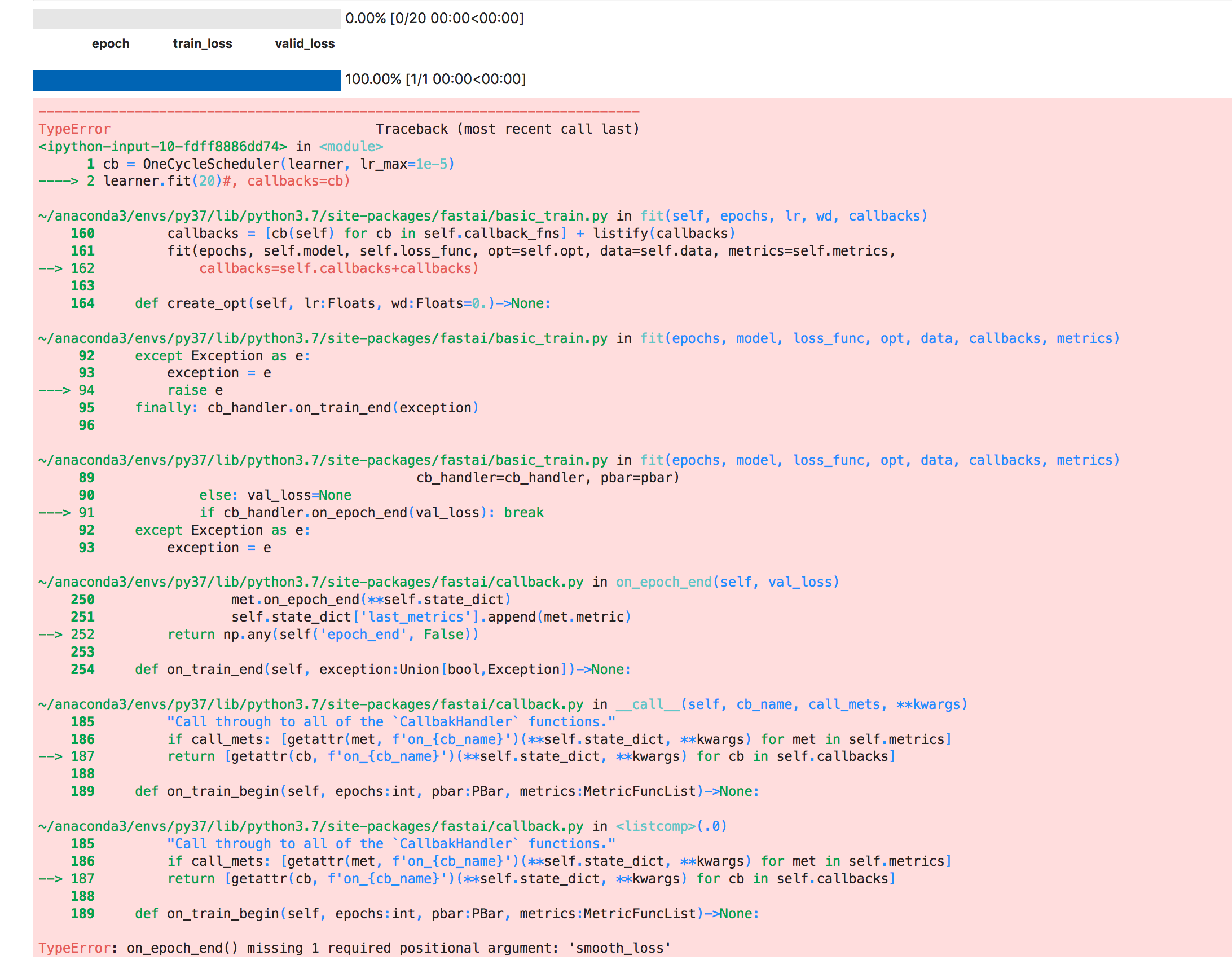
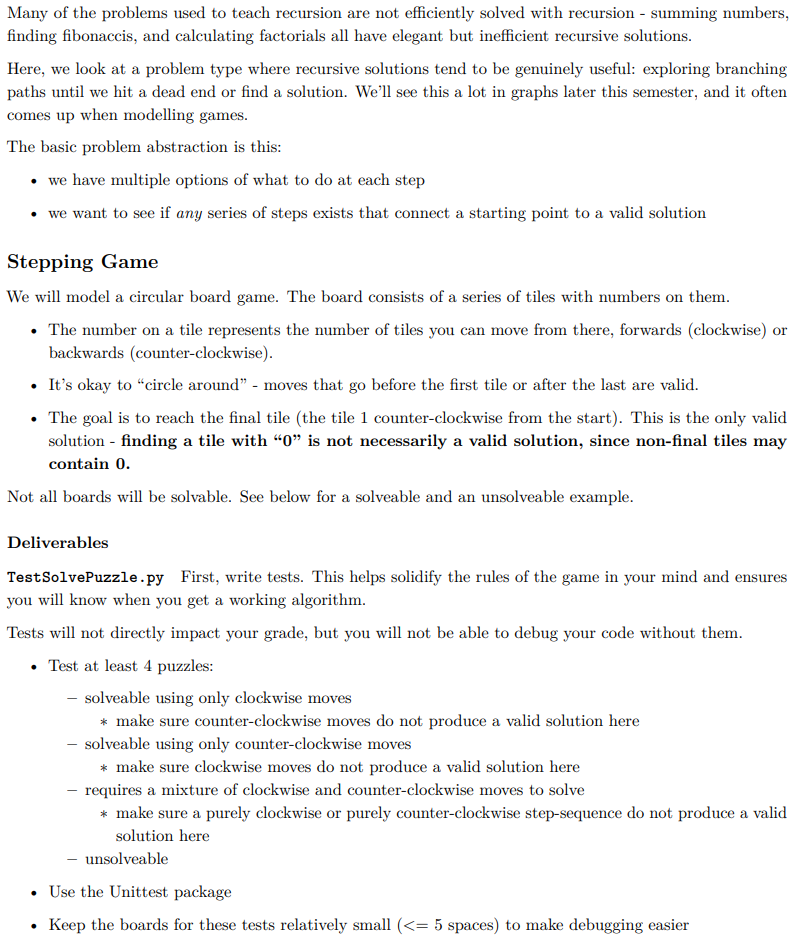












Article link: missing 1 required positional argument: self.
Learn more about the topic missing 1 required positional argument: self.
- TypeError: Missing 1 required positional argument: ‘self’
- TypeError: missing 1 required positional argument: ‘self’ (Fixed)
- TypeError: __init__() missing 1 required positional argument
- How to resolve ‘missing 1 required positional argument’ (Python …
- TypeError: missing 1 required positional argument: ‘self’
- Takes 0 Positional Arguments But 1 Was Given: Debugged
- Python missing 1 required positional argument: ‘self’ Solution
- TypeError: missing 1 required positional argument: ‘self’
- Python TypeError: Missing 1 Required Positional Argument
- TypeError: missing 1 required positional argument: ‘self’ vs as …
See more: https://nhanvietluanvan.com/luat-hoc